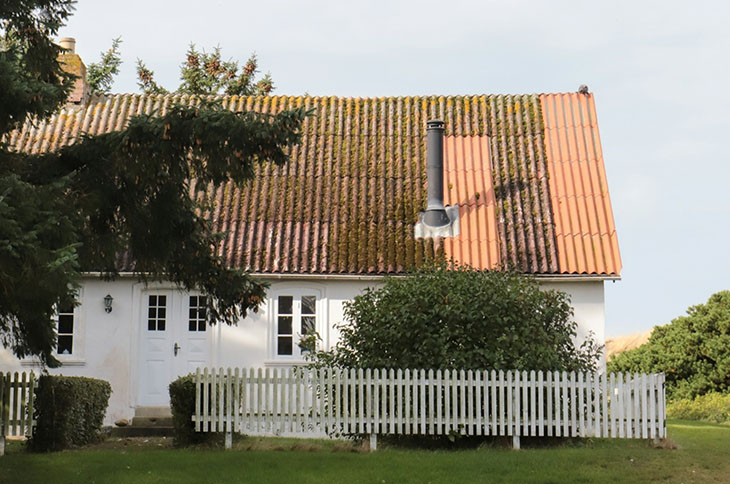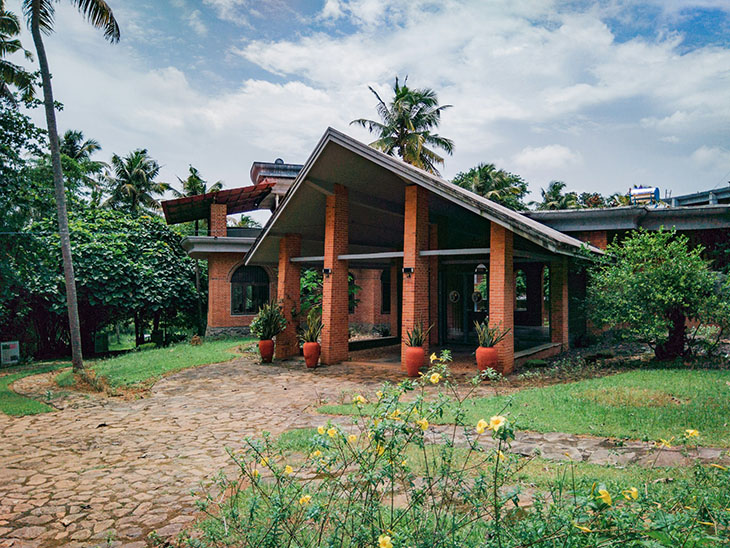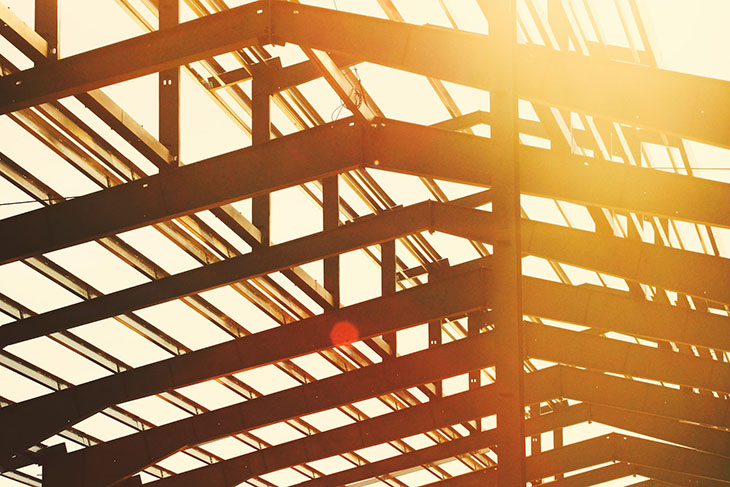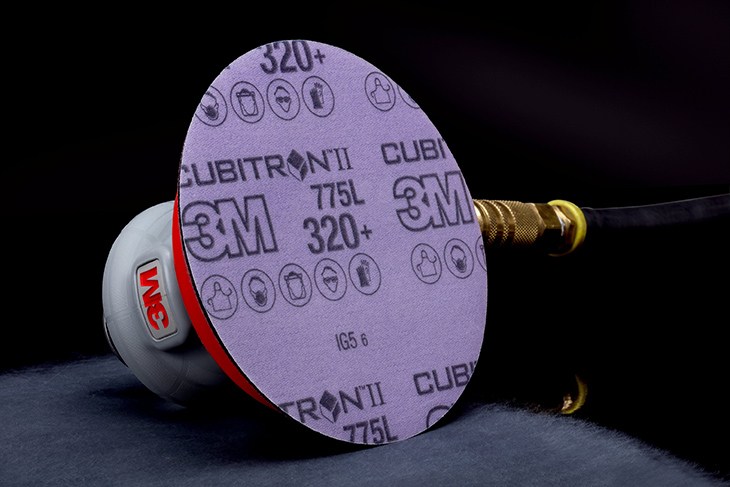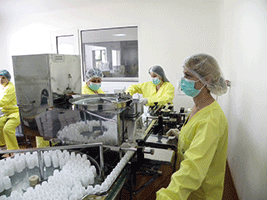With many areas of the world experiencing record-high temperatures, there is an increasing demand for homes that stay cool and keep occupants safe from heat-related complications. You may want such a residence, too. Which strategies should architects, construction crews and other relevant professionals pursue to protect residents from climbing — potentially dangerous — temperatures?
1. Use Cool Roofs
Cool roofs comprise a large category containing shingles, tiles and other specifics that keep the temperatures down in homes by reflecting sunlight. One relatively low-tech but effective option is to coat a home’s roof with white paint or a similarly light color. That initiative is a project from Mahila Housing Trust — a nonprofit that helps low-income women in India become more resilient during rising temperatures.
A representative from the organization said the white paint was the most economically accessible option for low-income families. It would arguably be even better if it became standard on newly built homes so people could immediately enjoy the benefits once they move into the residence.
In another, more advanced case, researchers developed a temperature-adaptive radiative coating that looks like adhesive tape and attaches directly to an existing roof. The team tested it in 15 climate zones throughout the United States, finding the addition saved more energy than existing roofs in all but three of them. The innovation was especially effective in areas experiencing large time-of-day-dependent temperature swings or between seasons.
2. Recognize Trees’ Cooling Potential
Anyone who has ever hiked in a deeply forested area during a hot day can probably recall how they felt refreshingly cooler under the tree cover. Australian researchers confirmed that effect but cautioned how the country’s homes have had 30% fewer trees on their properties within the last decade. An architect working on this study also cited another investigation of 90 residential suburbs, which showed tree-filled yards can create up to a 30-meter buffer that cools homes during heat waves.
She noted how deciduous trees are particularly advantageous because they provide different seasonally appropriate benefits. This study involved finding five optimal tree arrangements, which, if adopted by builders and local planners, could reduce air conditioner reliance, clean the air and minimize emissions.
Residential builders should consider strategically planting mature trees around homes and allowing enough space between each residence to accommodate future growth when appropriate. Similarly, when clients ask for remodels to help them cope with heat waves, those involved should consider how to accommodate existing trees into the plans.
Finding other exterior cooling measures to complement trees is also a good idea. For example, awnings can reduce heat gain by up to 77% and are particularly effective when installed on west- and south-facing windows.
3. Make a Designated Cool Room
Heat waves can become significantly more dangerous when power outages accompany them. Some utility companies have adopted smart grid technologies to reduce those events. In one case, a provider achieved a 74% reduction in customers’ time without power by developing a smart grid infrastructure. Such examples show promising opportunities.
However, residents should still anticipate blackouts becoming more prevalent due to extreme weather. While working on a 2024 study, researchers examined the link between weather and outages in New York. One finding was that 40% of events happened simultaneously with severe weather.
Moreover, heat waves accompanied by precipitation were most likely to cause the electricity to go out. Where residents live can also significantly impact their experiences — people in rural areas waited up to six hours longer to have electricity restored than those in urban localities.
Power outages are annoying at best and life-threatening at worst. However, homes with dedicated cool rooms can help occupants beat the heat, even without energy or air conditioning. These areas work best in the shaded or north side of the home or the basement. Applying insulation and air-sealing techniques will reduce the room’s heat gain, while battery-powered cooling devices can lessen the complications of extreme warmth.
4. Prioritize the Windows
Windows can allow significant heat into the home, but wise building choices limit that effect. Options that direct the sun’s warmth away from the residence are increasingly common, and some have the opposite effect during colder temperatures.
Researchers developed an optical stack that is less than 300 nanometers thick that either absorbs or reflects heat. They used it to make a window coating that, according to estimates, could save up to 34% more energy than the double-paned windows often used in residences.
However, similarly innovative solutions are not yet widely available on a commercial scale. Even so, builders should look at related window enhancements to keep out the heat. For example, shutters can have that effect, as can reflective window films.
Think for the Future
As temperatures climb and frequently break records, some people may understandably wonder when they can expect relief. The most proactive thing to do when planning or building homes is to remember the heat waves are already reaching extreme levels and may worsen in the coming years.
With that in mind, relevant parties must consider how they can accommodate future occupants and give them the best chances of staying well in hot weather. The above tips are excellent best practices to follow and adapt to meet residents’ needs.









